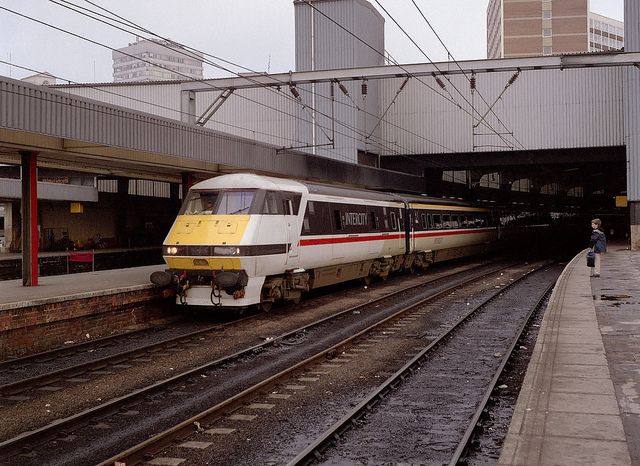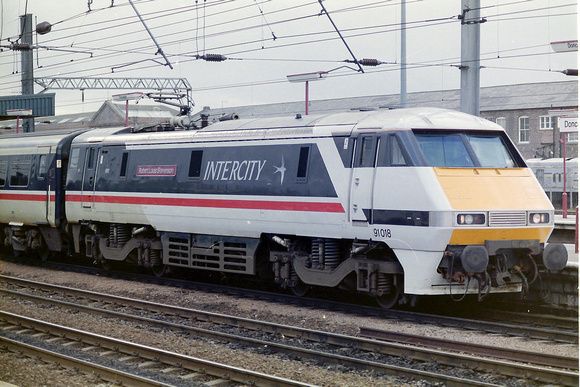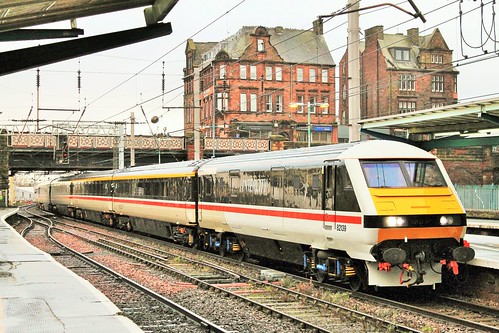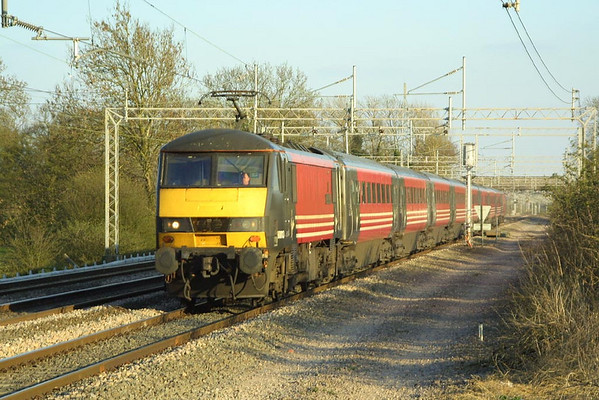hexagon789
Veteran Member
Well I suppose they did try and convey historic connections quite a bit - emblazoning "ROUTE OF THE FLYING SCOTSMAN" on every carriage definitely suggests they were trying to make that clear.It definitely was intentional - the whole branding package was designed to hark back to the past - company name, crests, livery, interior design, etc. Later on they moved away from it a bit with the 'Mallard' refurbishment of the Mk4s and later the HSTs, and fitted a much more 'modern' looking interior.




